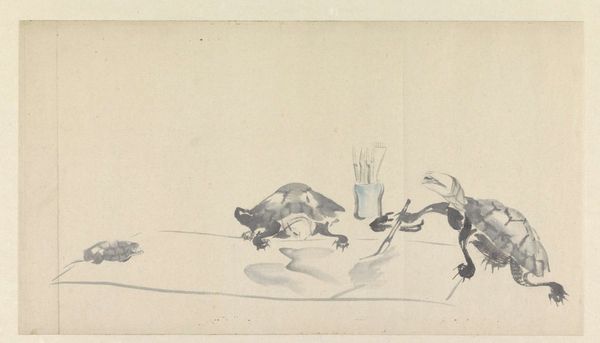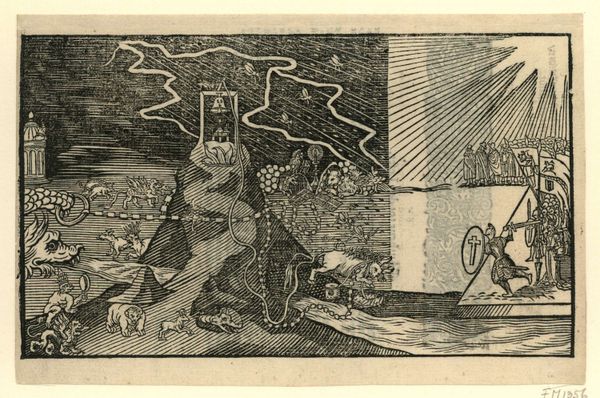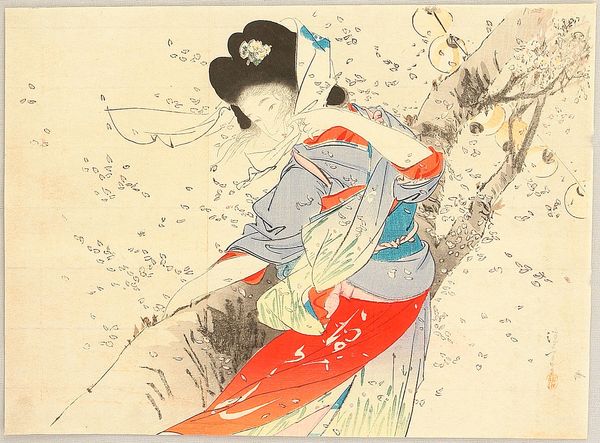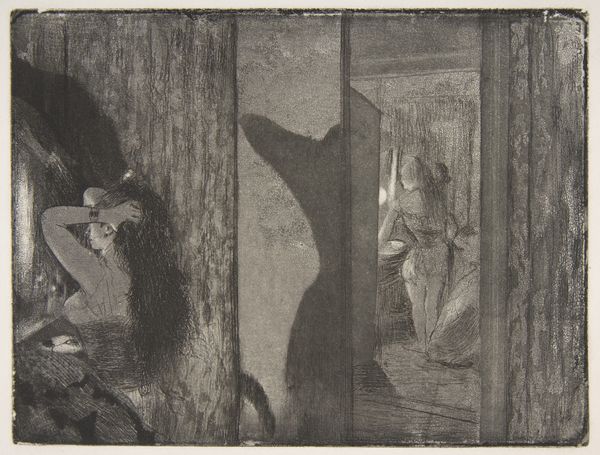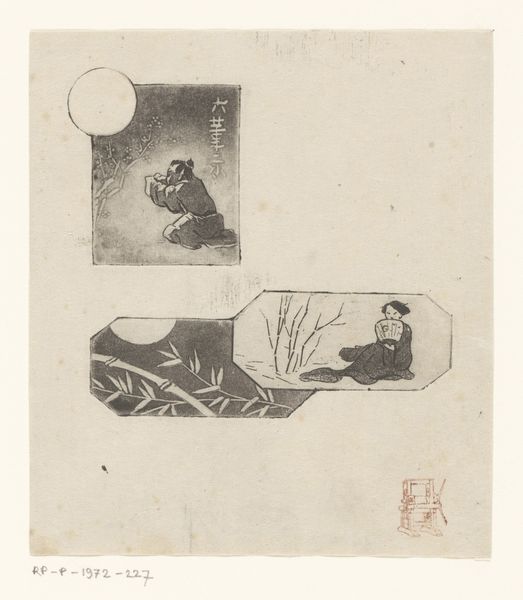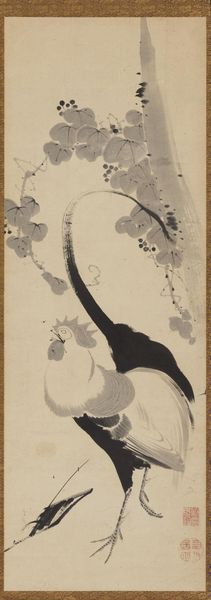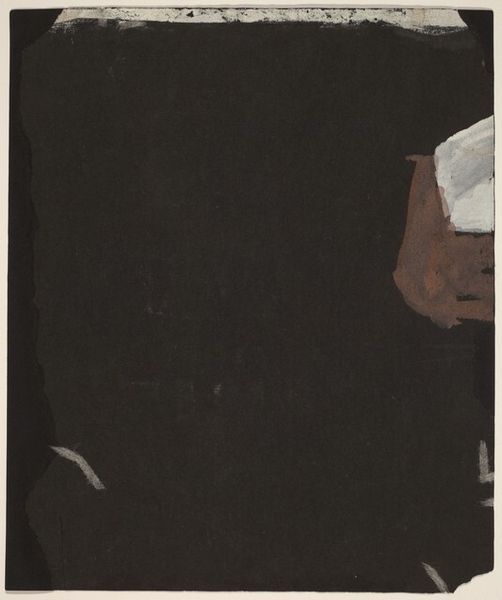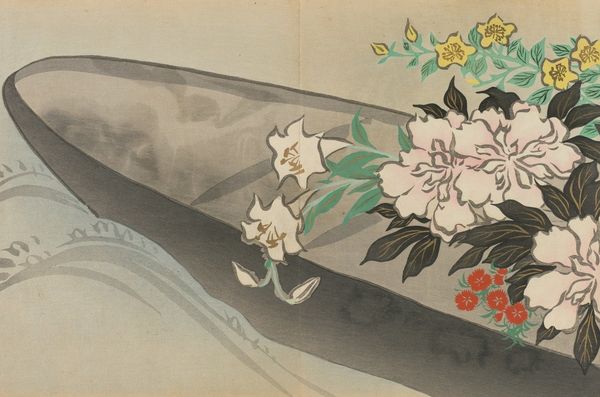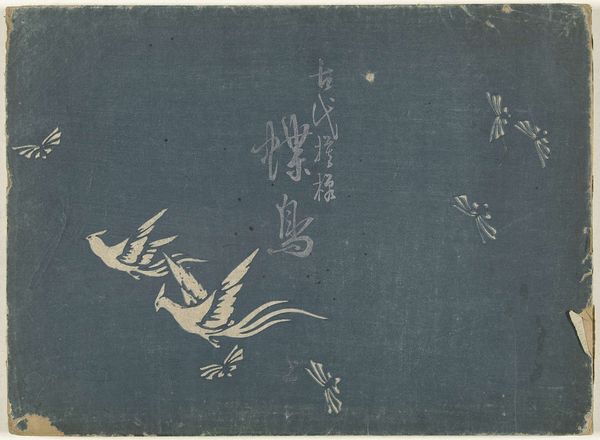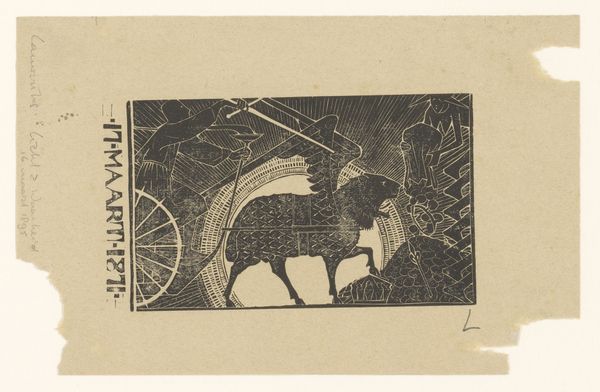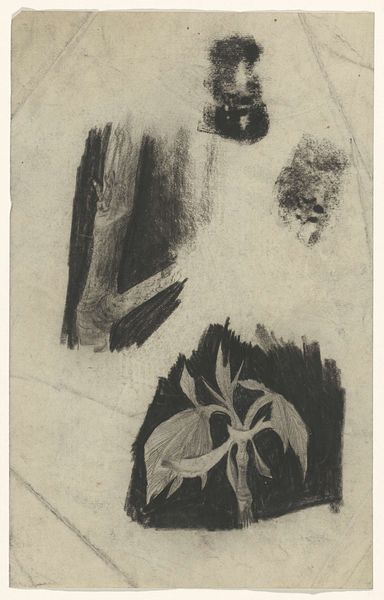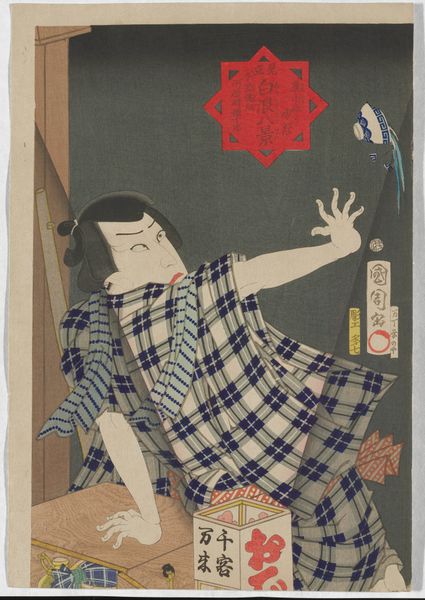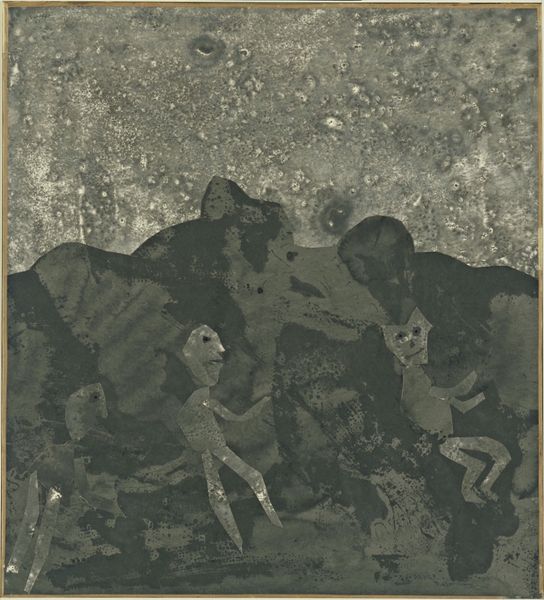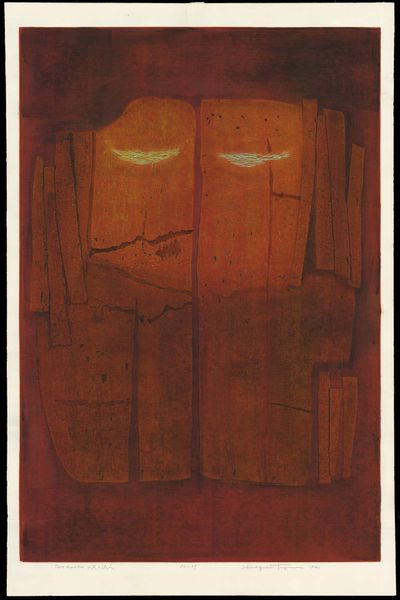
Dimensions: height 357 mm, width 703 mm
Copyright: Rijks Museum: Open Domain
Editor: This woodblock print, "De kou trotserend, zetten onze troepen bivak op te Yingkou," was created by Kobayashi Kiyochika in 1895. The somber color palette and depiction of soldiers in the snow create a poignant mood. What do you see in this piece from your perspective? Curator: I am struck by how Kiyochika portrays the industrialization of warfare through the lens of ukiyo-e traditions. Consider the printmaking process: each color, each line, meticulously carved into woodblocks, requiring skilled labor and a complex division of artistic and manual work. What does it mean to depict a modern, mechanized conflict using such a labor-intensive, craft-based medium? Editor: That's fascinating. It highlights a real tension, doesn't it? The modern military versus traditional artmaking. Curator: Precisely. And consider the social context. This print was likely mass-produced for popular consumption, turning images of war into commodities. Think about the role of woodblock prints in disseminating propaganda and shaping public opinion. Is this simply documentation or also celebration of Imperial Japan's military actions during the First Sino-Japanese War? Also note the presence of the Red Cross, juxtaposed with the difficulties implied for the soliders in "braving the cold" according to the title; there's perhaps something subversive intended about critiquing modern forms of support alongside modernization. Editor: So you're suggesting the print's value lies not just in its aesthetic quality, but in its function within the wider social and economic system? Curator: Exactly. The print is a material object deeply embedded in the economic and ideological structures of its time, its value created through a collaboration between artist, artisans, publishers, and consumers. We cannot ignore this aspect of art making and the messages about labor or commodification in times of war and peace it shares. Editor: I never thought of it that way. This makes me see it in a completely different light. Curator: These tensions between the labor invested, its production techniques, and its subject provide very fertile ground for thinking about both modernism, military, and Japan's role in a global market.
Comments
No comments
Be the first to comment and join the conversation on the ultimate creative platform.
